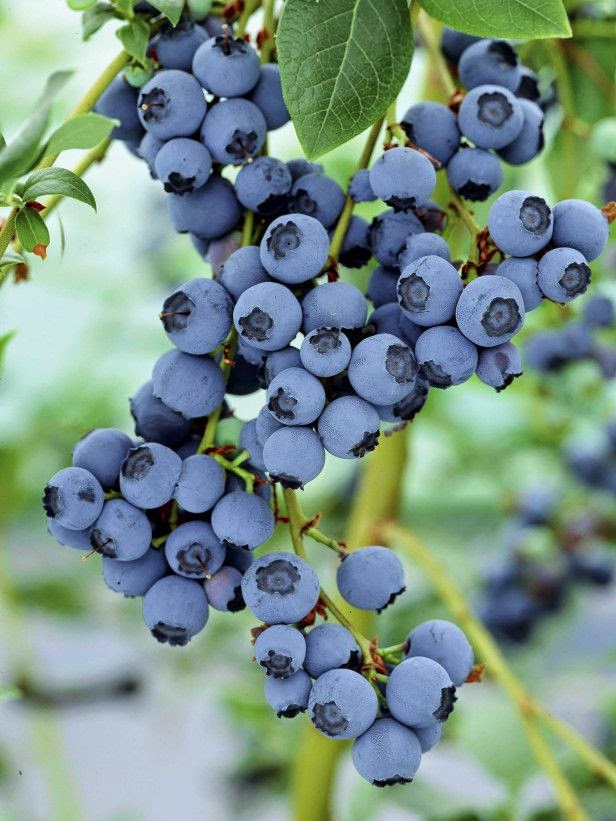Blueberries, those delicious and beneficial berries can
become your favorite choice of yumminess but also a perfect landscaping and
gardening option. There are so many different varieties of blueberries and even
more appear every once in a while to make the gardening easier. If you are
looking for some tips on growing your own blueberry bush, you are very welcome
here because we are about to discuss some practical tips.
Blueberry Growing in Clusters
Blueberry, an indigo colored berry, is a source of
antioxidants, vitamins and much more beneficial qualities, but the ones
mentioned are enough to go out and plant it, don’t you think? Well, blueberry
grows usually in humid climates, with tough winters and mild summers, however,
there are other varieties that can be accommodated for the warmer areas. There
are three main differentiations in blueberry types: Low-bush, High bush and
Rabbit-eye.
If you want to grow blueberries in the climate that can’t be
described as typically ideal for blueberry, there is a trick to that: container
gardening. Container planting can deal with the problem of humidity, acidic
soil (Blueberry prefers low pH level soil from 4.5 to 5.5) and light exposure.
An ideal nutrient base is a mixture of peat, bark and amendment that acidifies
the soil. Such amendment can be a cottonseed meal or blood meal.
Blueberry enjoys moisture, as mentioned above, so it is
essential to provide water for the roots often. However, you should also be aware
that the pH level of water can affect the soil’s acidity, so always use test
kits to control the pH levels. Blueberries can be planted in high density, even
in the containers, so don’t be afraid to plant many varieties packed densely in
a small container. Remember that when the blueberries are concerned, the darker
its color the better.
Credit: Source









0 comments:
Post a Comment